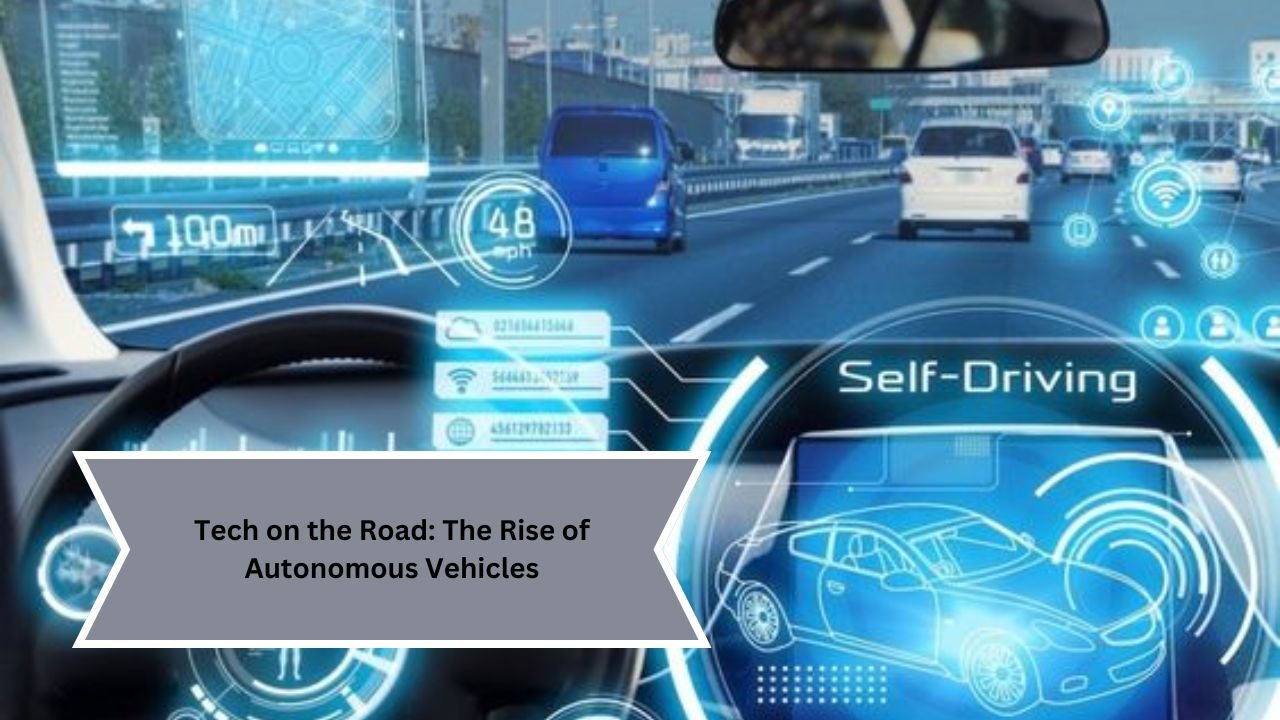The dawn of the 21st century has ushered in a technological revolution, transforming nearly every aspect of our lives. One of the most significant advancements has been in the field of transportation, particularly with the rise of autonomous vehicles (AVs). These self-driving cars, equipped with cutting-edge technology, promise to reshape how we think about travel, urban planning, and safety. As we explore the implications of this innovation, it’s essential to understand the technology behind it, its potential benefits and challenges, and the future it envisions.
Understanding Autonomous Vehicles
Autonomous vehicles are equipped with a suite of technologies that allow them to navigate and operate without human intervention. The cornerstone of AV technology is artificial intelligence (AI), which processes vast amounts of data from various sensors, including cameras, radar, and LIDAR. These sensors create a comprehensive understanding of the vehicle’s environment, detecting obstacles, interpreting road signs, and recognizing traffic patterns.
The Society of Automotive Engineers (SAE) classifies vehicle autonomy into six levels, ranging from Level 0 (no automation) to Level 5 (full automation). Most commercial AVs today operate at Level 2 or Level 3, where they can assist with driving tasks but still require human oversight. However, ongoing research and development are pushing toward Level 5, where the vehicle can handle all driving tasks in any environment without human intervention.
Benefits of Autonomous Vehicles
The potential benefits of autonomous vehicles are numerous, impacting safety, efficiency, and accessibility.
Enhanced Safety
One of the most compelling arguments for AVs is their potential to reduce traffic accidents. Human error is responsible for the vast majority of vehicle crashes—distracted driving, impaired judgment, and fatigue are all factors that can lead to catastrophic outcomes. Autonomous vehicles, with their ability to process data and react faster than humans, could significantly reduce these incidents. According to the National Highway Traffic Safety Administration (NHTSA), if AVs could eliminate just a fraction of accidents, thousands of lives could be saved annually.
Improved Traffic Flow and Efficiency
Traffic congestion is a growing issue in urban areas, leading to wasted time and increased emissions. Autonomous vehicles have the potential to improve traffic flow by communicating with one another and adjusting their speed and routes in real-time. This interconnectedness could minimize stop-and-go traffic and optimize routes based on current conditions, leading to a more efficient transportation system overall.
Greater Accessibility
For individuals with disabilities or the elderly who may be unable to drive, AVs offer newfound freedom and independence. The ability to travel without the need for a human driver can significantly enhance the quality of life for many, providing access to employment, healthcare, and social activities.
Challenges Facing Autonomous Vehicles
Despite the many advantages, the rise of autonomous vehicles is not without challenges. Addressing these hurdles is critical for widespread adoption.
Regulatory and Legal Frameworks
The legal landscape for AVs is still evolving. Questions surrounding liability in the event of an accident, the regulatory standards for safety, and the ethical implications of decision-making algorithms remain largely unresolved. Governments around the world are working to establish frameworks that will govern the use of AVs, but inconsistencies between jurisdictions could pose significant challenges for manufacturers and users alike.
Technological Limitations
While significant progress has been made in AV technology, limitations still exist. Current systems struggle in complex environments, such as during inclement weather or in densely populated urban areas with unpredictable pedestrian behavior. Developing reliable systems that can handle all scenarios remains a crucial hurdle for manufacturers.
Public Perception and Acceptance
Public skepticism about the safety and reliability of autonomous vehicles remains a barrier to widespread adoption. High-profile incidents involving AVs have fueled concerns about their safety. Educating the public about the benefits and capabilities of AVs, while ensuring transparency regarding safety protocols, will be essential in overcoming these fears.
The Future of Autonomous Vehicles
As we look to the future, the potential for autonomous vehicles is immense. Major automakers, tech companies, and startups are investing billions into research and development. By 2030, some experts predict that a significant portion of vehicles on the road will be autonomous, leading to transformative changes in our cities and lifestyles.
Urban Design and Infrastructure
The integration of AVs could dramatically alter urban landscapes. With the reduction in parking needs—AVs can drop passengers off and park themselves in less congested areas—cities may have the opportunity to repurpose valuable real estate for parks, residential housing, or commercial spaces. This shift could lead to more livable cities, with reduced traffic and enhanced public spaces.
Environmental Impact
The transition to autonomous electric vehicles could also play a crucial role in combating climate change. By reducing the number of vehicles on the road and optimizing driving patterns for energy efficiency, AVs have the potential to lower greenhouse gas emissions significantly. Furthermore, the automation of ridesharing services could diminish the need for individual car ownership, leading to a decrease in overall vehicle production.
Job Market Transformation
The rise of autonomous vehicles will inevitably impact the job market. While some jobs, particularly in driving professions, may be lost, new opportunities will emerge in technology development, maintenance, and urban planning. The workforce will need to adapt, with reskilling programs becoming increasingly important to help displaced workers transition to new roles.
Conclusion
The rise of autonomous vehicles represents a profound shift in the way we approach transportation. With the promise of enhanced safety, improved efficiency, and greater accessibility, the future of AVs holds significant potential for transforming our cities and lives. However, addressing the technological, regulatory, and societal challenges will be critical in realizing this vision. As we navigate this exciting frontier, collaboration among governments, industry stakeholders, and the public will be essential to ensure that the benefits of autonomous vehicles are harnessed responsibly and inclusively.
| HOME | CLICK HERE |
| AUTOMOBILE NEWS | CLICK HERE |

